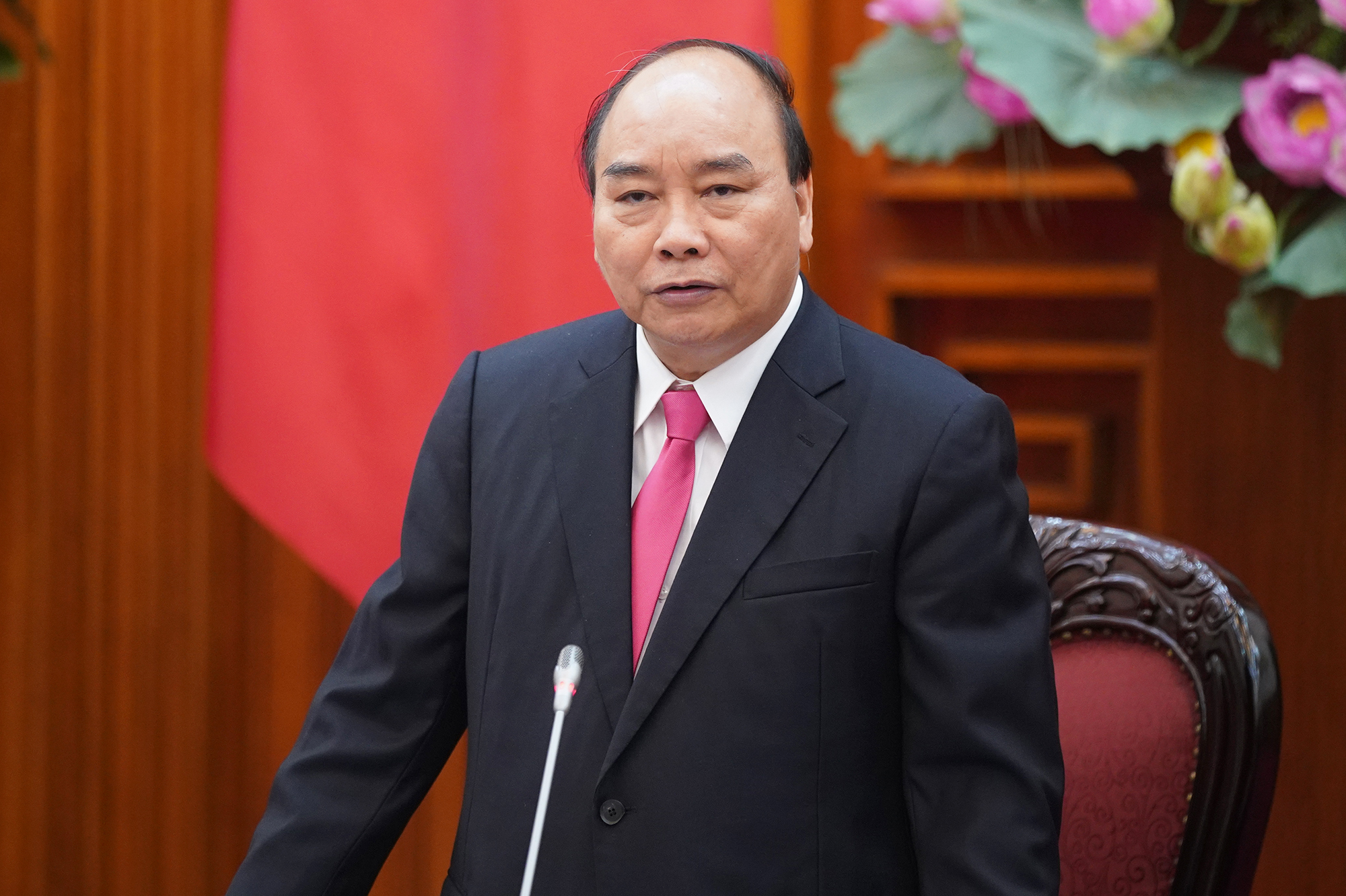Gov’t seeks solutions to boost automobile industry development
VGP – PM Nguyen Xuan Phuc chaired a meeting with leaders of some ministries, agencies, and localities with a view to seeking solutions to obstacles still facing the Vietnamese automobile industry on March 12 in Ha Noi.
 |
|
PM Nguyen Xuan Phuc at the meeting on the Vietnamese automobile industry, Ha Noi, March 12, 2019 - Photo: VGP/Quang Hieu |
The Government chief stressed that the automobile development strategy was already introduced. He blamed the wrong opinion which advocates whole imports of cars instead of developing the domestic automobile sector amidst the free trade context. The point of view is hindering the self-reliance of the economy, he added.
The PM reiterated the Government’s spirit which chiefly focuses on mechanism consolidation and better policy making in favour of domestic production, people’s benefits in accordance with international integration practices and commitments. The Government chief also stressed the importance of policy development for auxiliary industries.
PM Phuc praised Viet Nam’s automobile manufacturers which have spared no effort to contribute to State budget collection, job generation, and infrastructure development.
He noticed the need to accelerate auxiliary industries to provide about 7,000 spare parts for a single car towards higher added values.
At present, it is necessary to mobilize resources; apply modern technologies; broaden markets for specific markets; and protect the environment, he added.
According to the Ministry of Industry and Trade, the output of locally manufactured and assembled automobiles surpassed 200,000 units for the first time in 2015, up 51% compared with that of the previous year. In 2016, domestic automobile manufacturing reached 283,300 units. Some kinds of vehicles have been exported to Laos, Cambodia, Myanmar, and the Central American region.
As of late 2018, Viet Nam had 358 automobile-related manufacturing enterprises, including 50 assembly businesses, 45 chassis and body manufacturers, and 214 parts producers. The number of auto parts producers is reportedly much lower than in Thailand, which has 2,500 enterprises.
The localization rate of the automobile industry remains low due to the lack of a network of material suppliers and large-scale parts producers./.
By Khanh Phuong
